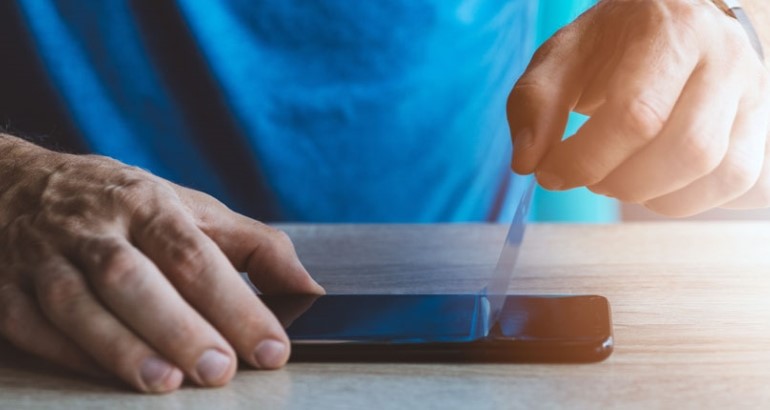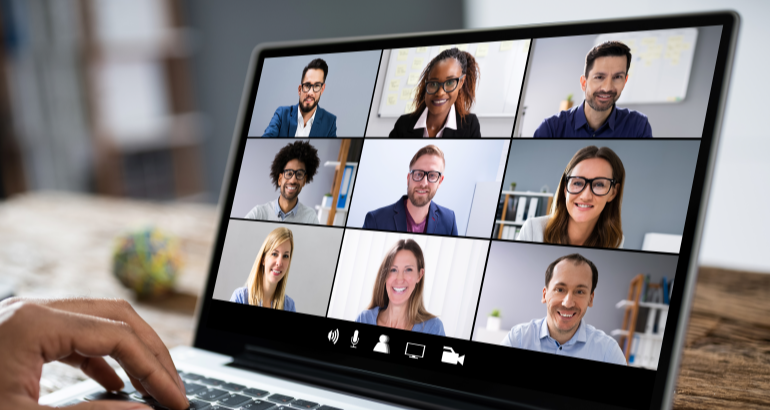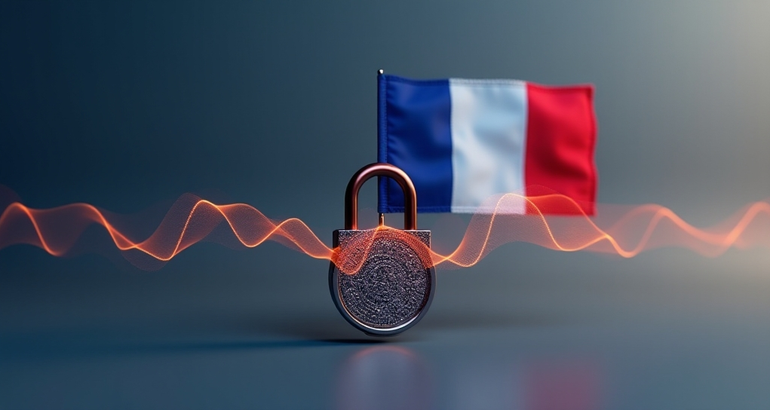Do you need Privacy Screen Protectors?

- Privacy





Overview
In this era of information, our privacy faces various threats. Whether online or in the real world, our personal data, communication content, browsing history, etc., can be stolen or leaked. To protect our privacy, we need to take effective measures, and one of them is using privacy screen protectors.
Contents
What is a Privacy Screen Protector?
Advantages of Privacy Screen Protectors
Disadvantages of Privacy Screen Protectors
In Addition to Privacy Screen Protectors, You Need Other Privacy Measures
What is a Privacy Screen Protector?
A privacy screen protector is a device that prevents others from viewing screen content from the sides. It utilizes the principles of light polarization and controls light transmission through micro-blinds. Only individuals directly facing the screen can see the content clearly, while from other angles, the screen appears blurred or darkened.
Advantages of Privacy Screen Protectors
① Privacy Protection
Privacy screen protectors effectively prevent visual hacking, where information is stolen through direct viewing of screens. Visual hacking is a low-tech yet dangerous threat that can occur in public places or offices. For instance, you might be working on sensitive files on a laptop in a cafe or reading private messages on a subway, and without a privacy screen protector, nearby individuals could see your screen content.
② Scratch and Stain Prevention
Privacy screen protectors not only prevent others from viewing your screen but also safeguard it from scratches or stains, extending the lifespan of your screen.
③ Reduced Glare and Harmful Light
Privacy screen protectors can also reduce glare and harmful light exposure to your eyes. Some privacy screen protectors offer features like anti-glare, anti-UV, and blue light reduction, reducing eye fatigue and damage.
Disadvantages of Privacy Screen Protectors
① Reduced Screen Brightness
Privacy screen protectors filter out some light, leading to reduced screen brightness. This means you might need to increase your screen brightness or sit closer to light sources to view your screen content clearly.
② Limited Viewing Angle
Privacy screen protectors only allow individuals facing the screen directly to see the content, limiting your viewing angle. This might prevent you from sharing your screen content with others or appreciating images or videos from different angles.
③ Increased Cost and Fingerprints
Since privacy screen protectors are additional devices, they increase purchasing and maintenance costs. Additionally, some privacy screen protectors might accumulate fingerprints on your screen, affecting touch experience.
In Addition to Privacy Screen Protectors, You Need Other Privacy Measures
Although privacy screen protectors are effective physical protection measures, they can't fully secure your privacy. You also need to implement other digital protection measures, such as:
① Use Secure Browsers
Employ browsers that support encryption, anti-tracking, and ad-blocking features, like Firefox, Brave, Tor, etc., to safeguard your online activities from monitoring or interception.
② Use VPN
A Virtual Private Network (VPN) routes your internet traffic through an encrypted tunnel, hiding your real IP address and location, preventing tracking or censorship. For instance, you can use MetroVPN , a free, fast, secure VPN service that grants unrestricted access to websites and apps.
③ Implement Two-Factor Authentication (2FA)
2FA enhances account security by requiring an additional verification, such as a code or fingerprint received on your phone or other device, after entering your password. This prevents unauthorized access even if your password is compromised.
④ Encrypt Data
Data encryption transforms data into code unreadable by humans, protecting it from unauthorized access or modification. Use reliable encryption tools or software like VeraCrypt, BitLocker, AxCrypt, etc., to encrypt files, folders, drives, etc.
⑤ Keep Systems and Apps Update
Updating systems and applications is a method to fix vulnerabilities and enhance performance, protecting your devices from hacking or attacks. Regularly check and install the latest versions of systems and apps, and avoid using outdated or unverified software.






